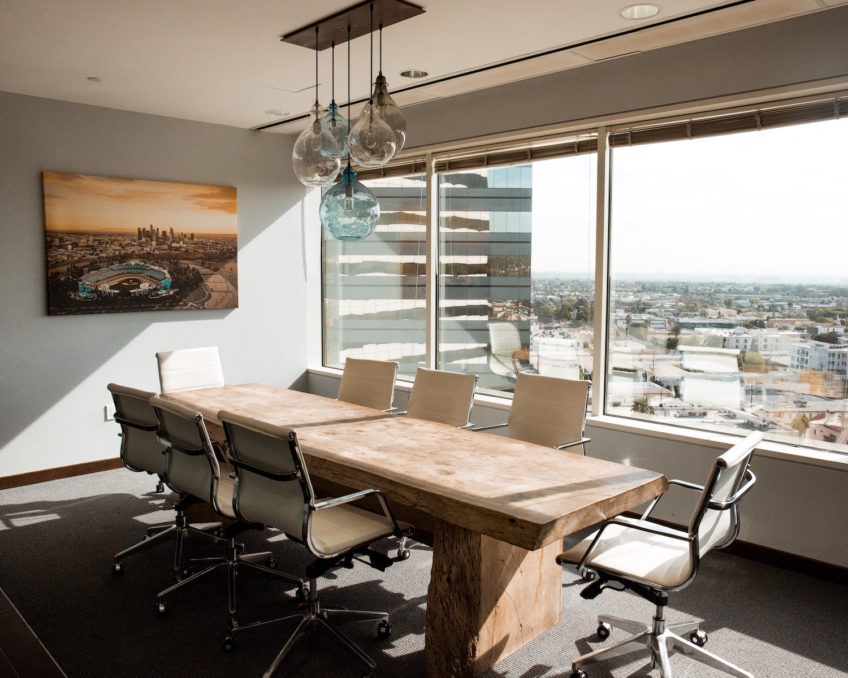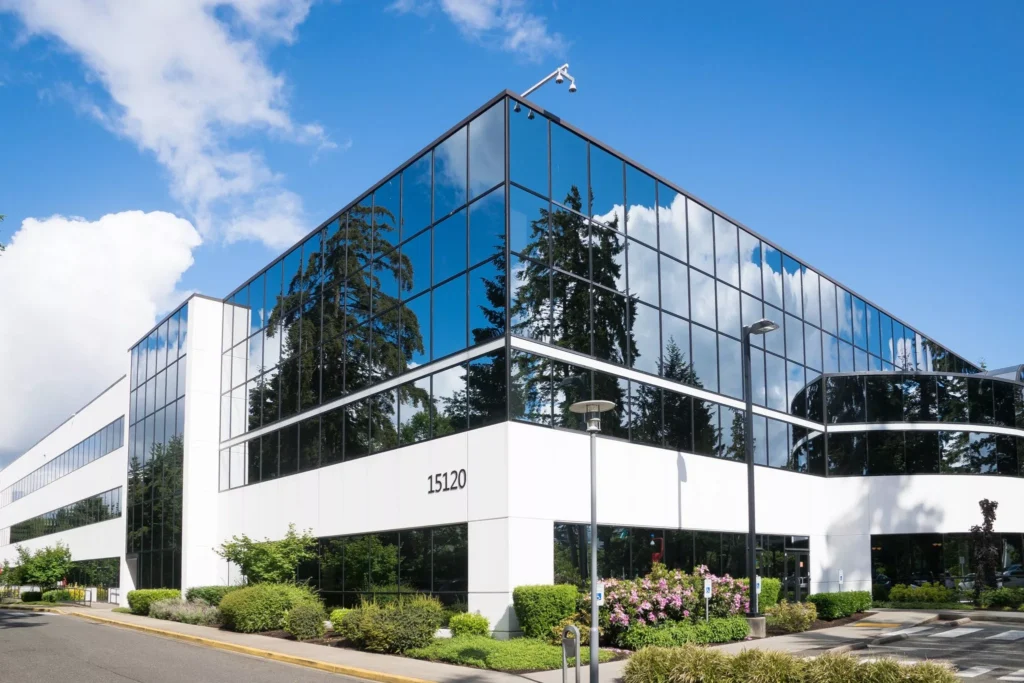Welcome to the topic “Office Demand Growing in 2024“
After a prolonged period of sluggish demand, the office market is finally showing signs of a potential turnaround in 2024. A strong indicator of this change is the increase in leasing activity, particularly from major corporations committing to long-term leases.
Companies such as Kroger, the largest supermarket chain in the United States, recently signed a substantial lease for a new headquarters in downtown Cincinnati. Other large corporations like IBM, a global technology giant, has also leased significant office space in New York City. The commitments of these large corporations shows a growing confidence in the value of office spaces – especially office spaces in urban areas.

This increased interest in traditional office space also suggests that businesses are starting to embrace hybrid work models, recognizing the importance of physical office spaces for collaboration, innovation, and higher employee engagement and productivity.
If this trend continues throughout the year into 2025, it could lead to the revitalization of the commercial office market; resulting in higher occupancy rates and reviving depressed urban centers.
Signs of Workplace Expansion in 2024
The rising demand for office spaces in 2024 may have surprised many, but it did not go unnoticed by investors. Smaller investors, sensing an opportunity during the downturn, were capitalizing on the discounted office building prices during the height of the pandemic.
These investors are now capitalizing on their investments by bringing much-needed liquidity to the market in the form of property upgrades and renovations to attract tenants.
At the same time, more and more companies are securing affordable long-term leases, providing stability for the overall growth in the commercial office sector.
Despite the influence of remote work, these positive developments suggest the office market is on the verge of a rebound, with smaller investors playing a key role.
2024 Office Space Trends
Major players in the commercial sector, like Blackstone, have shifted their strategy from reducing US office exposure to actively seeking opportunities in discounted, high-quality properties.
This change shows an increasing sense of confidence in the office market, and suggests that premier office spaces continue to hold significant value in the marketplace – despite the popularity of remote and hybrid work models.
Enduring Value of Premier Office Spaces
Premier office properties are known for their superior locations, top-notch amenities, and state-of-the-art infrastructure, making them highly attractive to tenants.

As more companies reinstitute a return to office policy and require more in-person workdays, businesses will desire to have their offices be as convenient and accommodating as possible to attract and retain top talent within their organization. This means acquiring office spaces that offer amenities and designs that cater to wellness, productivity, and flexibility.
Encouraging Optimism Among Investors
Blackstone’s pursuit of discounted properties and long-term investment in the office market can create a ripple effect of optimism among other investors and developers.
Significant companies like Blackstone can often influence market confidence and general investment decisions. So as more investors follow suit, the influx of capital can drive further improvements in office space offerings, making them more appealing to a diverse range of tenants.
Strengthening Major Markets
The increase in demand for premier office spaces in major markets like New York City and Silicon Valley shows an overall trend of businesses returning to urban centers.
These markets are known for their vibrant business networks, access to talent pools, and extensive convenient amenities, making them attractive destinations for companies looking to establish or expand their presence.
The emphasis on high-quality, amenity-rich office spaces aligns with the growing importance of creating work environments that support employee engagement, innovation, and collaboration.
As the demand for office spaces continues to grow, the office market is poised for a potential resurgence, driven by the strategic investments and evolving needs of businesses.
Challenges with Rising Office Space Demand
While overall investment volume remains low and the market has a long way to go before fully recovering, the workplace expansion in 2024 is a step in the right direction.
A growing number of companies are showing new interest in leasing office spaces as they begin to prioritize more workplace collaboration and in-person interaction. Also, the increase in lease renewals suggests that existing tenants are committed to their current spaces despite the continued presence of hybrid models.
Furthermore, the rise of venture capital investment into the technology and life sciences sectors is driving up demand for office spaces in key metropolitan areas.
While some sectors still struggle, the overall increased acquisition of discounted properties by investors and local firms suggests the long-term value of physical office spaces.

What’s Driving Demand
The gradual return of employees to physical workplaces was a result of company executives realizing that in-person collaboration and social interaction had a direct positive impact on revenue generation and profits. This realization led to a strong increase in office space demand, with companies seeking more flexible and collaborative work environments for their employees.
That’s why now is an opportune time for businesses looking to lease office space. Securing office space now, while prices are still relatively low, can be advantageous as the market continues to improve and prices are likely to rise.
By securing office space while the prices are low, business owners can lock in affordable leasing terms and rates, while gaining the flexibility and collaboration needed for their workforce and overall business growth.
TAGS